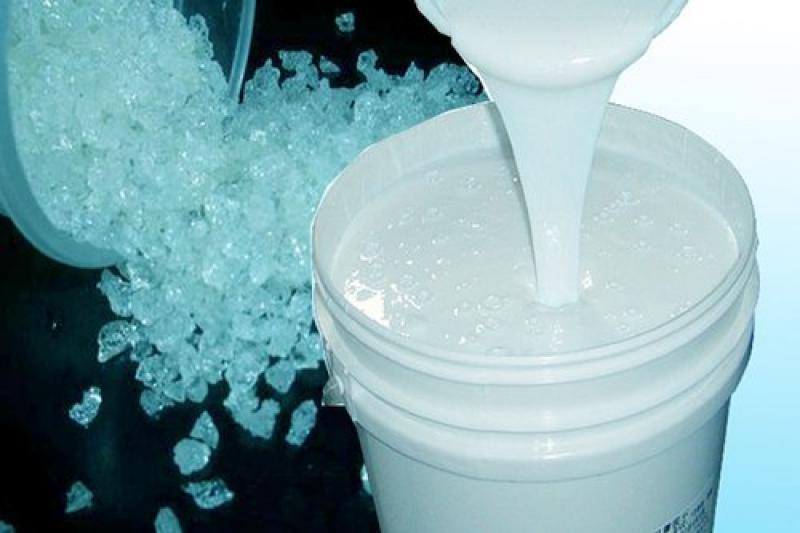Polymer emulsion is a versatile and innovative technology that has revolutionized various industries, ranging from coatings and adhesives to textiles and paper manufacturing. It is a colloidal dispersion of polymer particles in water, where the polymer forms the continuous phase and the water acts as the dispersing medium. This unique composition imparts numerous advantages, making polymer emulsions increasingly popular in the market.
One of the primary reasons for the widespread adoption of polymer emulsion is its eco-friendliness and sustainability. As water is the main solvent, it significantly reduces the emission of volatile organic compounds (VOCs), making it a greener alternative to traditional solvent-based systems. This attribute aligns well with the growing environmental concerns, making polymer emulsion an attractive choice for environmentally conscious manufacturers.
The versatility of polymer emulsion extends to its compatibility with various substrates. It adheres well to different surfaces, including wood, metal, concrete, and fabrics, providing enhanced durability and resistance to weathering, abrasion, and chemical exposure. This has made polymer emulsion a favored option for paints, coatings, and sealants, as it offers long-lasting protection and vibrant finishes.
In the adhesives industry, polymer emulsion has emerged as a game-changer. Its ability to bond dissimilar materials and provide strong adhesion has found applications in woodworking, packaging, and construction. Moreover, as it dries clear and remains flexible upon drying, it delivers aesthetically pleasing and robust bonding solutions.
Polymer emulsions have also found their way into the realm of textiles, where they serve as a vital component in the manufacturing of coated fabrics and non-woven textiles. They improve the fabric's properties, such as water repellency and flame resistance, without compromising on breathability and comfort.
Additionally, paper manufacturers utilize polymer emulsion to enhance the paper's surface properties, including ink receptivity, smoothness, and print quality. This results in better printing and a higher-quality final product, catering to the demands of the printing and publishing industry.
Another area where polymer emulsion shines is in the formulation of specialty chemicals. By incorporating functional additives into the emulsion, manufacturers can develop tailor-made solutions with specific performance characteristics, such as improved UV resistance, antimicrobial properties, or fire retardancy.
Continuous research and development in the field of polymer emulsion have led to constant improvements and novel applications. As technology advances, we can expect to see even more exciting uses for this versatile material. From advancements in nanotechnology to sustainable packaging solutions, the possibilities seem boundless.
In conclusion, polymer emulsion has undoubtedly left an indelible mark on various industries, offering sustainable, high-performance, and adaptable solutions. Its environmentally friendly nature, coupled with its compatibility with diverse substrates, has contributed to its widespread acceptance. As technology and innovation progress, we can anticipate that polymer emulsion will continue to play a pivotal role in shaping the future of numerous sectors, catering to the ever-evolving needs of modern society.
